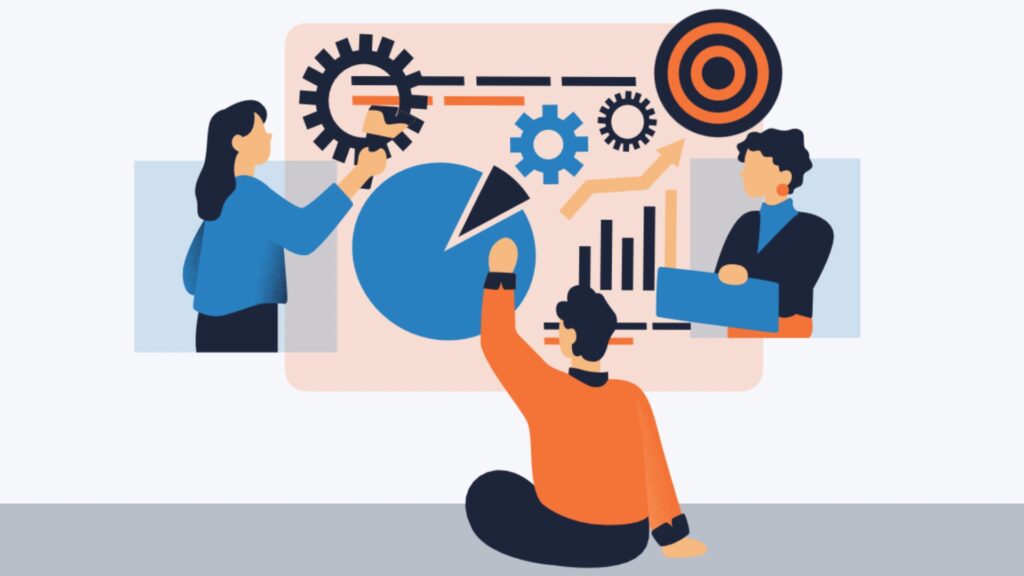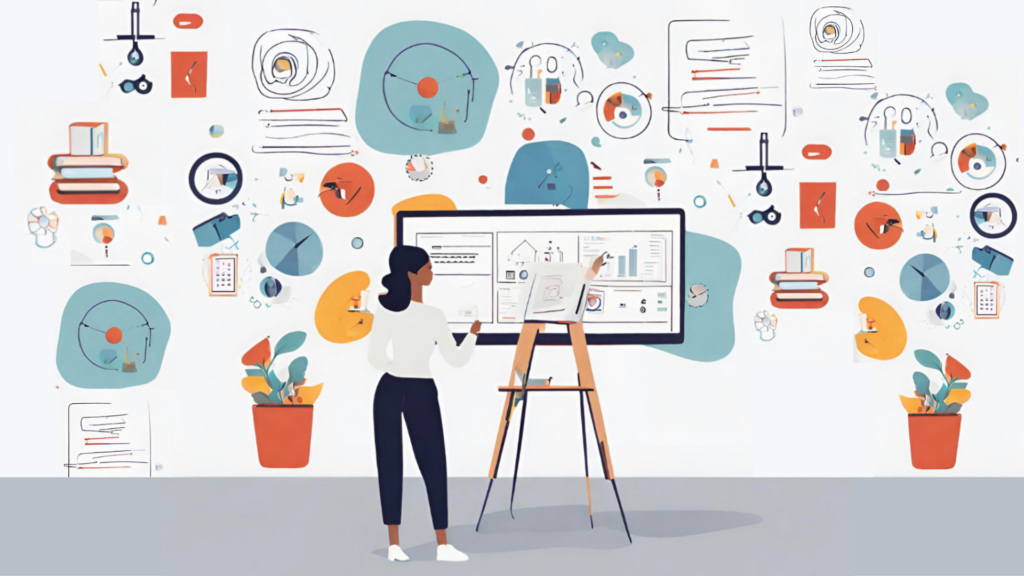
blogs
Lessons learned from 5 years in Supply Chain Learning and Development
Imagine stepping into an L&D role at a large multinational, without any prior explicit experience in that capacity.
That’s the challenge Cune Zwetsloot embraced when she joined Coca-Cola Europacific Partners as Supply Chain Learning and Development Manager.
Senior Manager Learning & Development
at Coca-Cola Europacific Partners
On Friday November 17th, Cune will visit the Inchainge offices to share insights from her own experiences. She’ll highlight valuable learnings and discuss the best practices she’s encountered during her career. Check out a teaser of the topics below and sign up to join the fireside chat.
Let’s dive into some key lessons Cune learned over the last 5 years of working as an L&D manager within a supply chain setting.
Three main lessons come to mind
Lesson 1: L&D is not executed by L&D, but by the owners, and business leaders. L&D’s role? To empower and enable.

Lesson 2: There is no such thing as ‘training urgency’!
A great example that ties back to the first two lessons is that quite often L&D gets approached with an ‘urgent learning need’. Instead of just jumping on that request, Cune’s approach is to pause and dig deeper.
Is there perhaps a management issue? Are certain key people not sufficiently qualified? Or is the problem hiding somewhere else? It’s only after talking with the experts and identifying the real problem that L&D rolls out a solution. And it’s not always about more training. The model Cune uses for this approach is the “problem-solution U-shape.”
She sees L&D as the ‘listeners of the organization,’ and we’ll unpack this more in our chat this week.
Lesson 3: Manage and follow – Be aware of your circle of involvement and influence
Sure, you want to provide the best for all of your people. But when your hands are tied, it’s wise to channel your energy elsewhere. Cune calls it: ‘manage and follow—it’s survival instinct’.
‘manage and follow—it’s survival instinct’
Take the example of training shop floor professionals (individuals who work directly on the production or manufacturing floor of a factory or industrial facility). Often, they’re not prepped for a digitized world. Yet their digital input becomes crucial in today’s data-driven supply chains. This disconnect leaves many feeling sidelined.
For Cune, this was an undeniable learning need. But such issues aren’t always on the higher management’s radar. So what was Cune’s approach? Collaborate with mid-level managers and use the right examples, the right arguments, and the right timing to achieve a small agile program.
She championed this program that trained these shop floor professionals in digital operations. The result? A clear success, leading to more and more training requests. Now the organization sees its immense value and how it directly contributes to the supply chain machinery.
 Designing a Learning and Development program isn’t just about training. It requires multifaceted input and a deep dive into the root cause.
Designing a Learning and Development program isn’t just about training. It requires multifaceted input and a deep dive into the root cause.
Learning by doing creates a steep learning curve
During our conversation, Cune underlined her passion for experiential learning. She got very excited when hearing about Inchainge’s approach, as she had not known us beforehand.
Her track record with experiential learning (in other words: learning by doing) started during her time at PricewaterhouseCoopers (PwC). The focus was on collaborative problem-solving. Simply putting people into groups, letting them work on concrete problems, and nurturing a wide variety of soft skills like collaboration.
What she enjoyed most was the steep learning curve you created with this approach. The accelerated learning trajectory really stood out. But these programs also come with their set of demands for time, support, and funds. The trick is to pinpoint the right audience, define clear learning objectives, and tailor the training with the right tools.

Blended learning methods, such as blending theory with application in a business game, are becoming increasingly prominent.
Here’s what else we’ll be unpacking
- Central vs. localized training programs: How to strike a balance and ensure alignment as an L&D manager.
- Why ‘learning culture’ is a key success factor, especially in the supply chain domain.
- Valuable insights from Cune’s career.
- And much more…
Did we entice your curiosity? Join Cune and myself – your host Noah Schaul – as we peel back the layers on L&D and its intersection with the supply chain.
Secure your spot for this Fireside Chat: Lessons learned from 5 years in Supply Chain Learning and Development
Meet the author

Noah Schaul
Inchainge
Originally from Luxemburg, I have lived in the Netherlands for 6 years and currently I live in Barcelona, Spain. It was in the Netherlands where I have pursued my studies and professional career started. Currently I work as a Global Director Corporate Trainings at Inchainge. I am one of Inchainge’s master trainers for the circular business game The Blue Connection and contributor to the textbook Mastering the Circular Economy. I am very passionate in everything related to sustainable business and specifically circularity, and I am working on developing and delivering applied circular learning programs as well as inspiring companies to go circular in The Netherlands and beyond!

